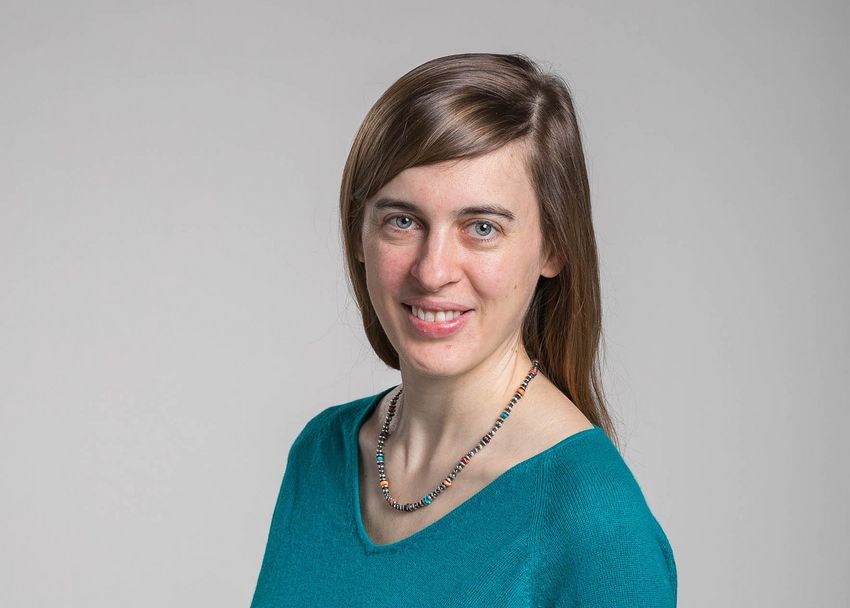"The" neutrino doesn’t really exist. There are actually three different particles – the electron neutrino, the muon neutrino, and the tau neutrino. On their way through the universe, they constantly change into each other or “oscillate”. Scientists made this discovery 20 years ago. With that they turned the understanding of neutrinos upside down. Theoretically, the particles should be massless. However, neutrino oscillation requires a mass.
But how great is this mass? Physicist Susanne Mertens is investigating this question in the KATRIN experiment at KIT. The experiment started in June 2018; the first measurement results are expected shortly. In addition to the neutrino mass, Susanne Mertens, who heads a research group at the Max Planck Institute for Physics (MPP), is working on a completely new type of neutrino. The “SENSE” research project will receive an ERC Starting Grant worth €1.5 million over five years.
Active and sterile neutrinos
The known neutrino types are left-handed allowing them to interact with other materials, though very weakly. “In addition to active left-handed neutrinos, there could also be right-handed neutrinos”, explains Mertens. They would be heavier than conventional neutrinos – and their interaction with other particles would be even weaker. That’s why they’re referred to as ‘sterile’”.
Susanne Mertens hopes to find these sterile neutrinos. An ideal reference source for this is the KATRIN experiment in which electrons and neutrinos are released during the decay of tritium (1). As a first step, the Mertens team will initially develop new analytical methods. “This will allow us to subject the neutrinos to a kind of computer-aided search and hopefully detect a slight variant of sterile neutrinos”, says Mertens. “Their mass would be a bit greater than that of the active neutrinos”.
A candidate for dark matter?
At a later date, the scientists plan to install a highly sensitive silicon chip, which will be developed in parallel and in collaboration with the MPG HLL. This sensor is designed to identify a second subset of sterile neutrinos that would be notedly heavier than their active counterparts.
The heavy sterile neutrino is also a candidate for dark matter, which accounts for 25% of the universe. Susanne Mertens explains why: “This type of neutrino could display the suitable characteristics – and be present in a sufficient number in the universe. As a consequence, they could be responsible for the gravitational force of dark matter”.
In 2019, the European Research Council ERC awarded 408 prizes to young female scientists. Susanne Mertens is the second MPP scientist to be awarded one of the coveted ERC Starting Grants. In 2018, Raimund Strauss, currently at the TUM, was one of the prize winners.
For Managing Director Dieter Lüst, this is a highly encouraging development: “Our scientists are at the forefront of the international research competition. The productive research environment in the Munich region certainly plays an important role in this – as does our partnership with the city’s two major universities. Susanne Mertens is a good example of this: Through the MaxPlanck@TUM program, she received a tenure-track professorship as a Max Planck group leader at the TUM – with the chance of a permanent research position”.
(*) Tritium is also referred to as heavy hydrogen. In contrast to the usual hydrogen, the nucleus of which consists of a proton, radioactive tritium has a proton and two neutrons.
